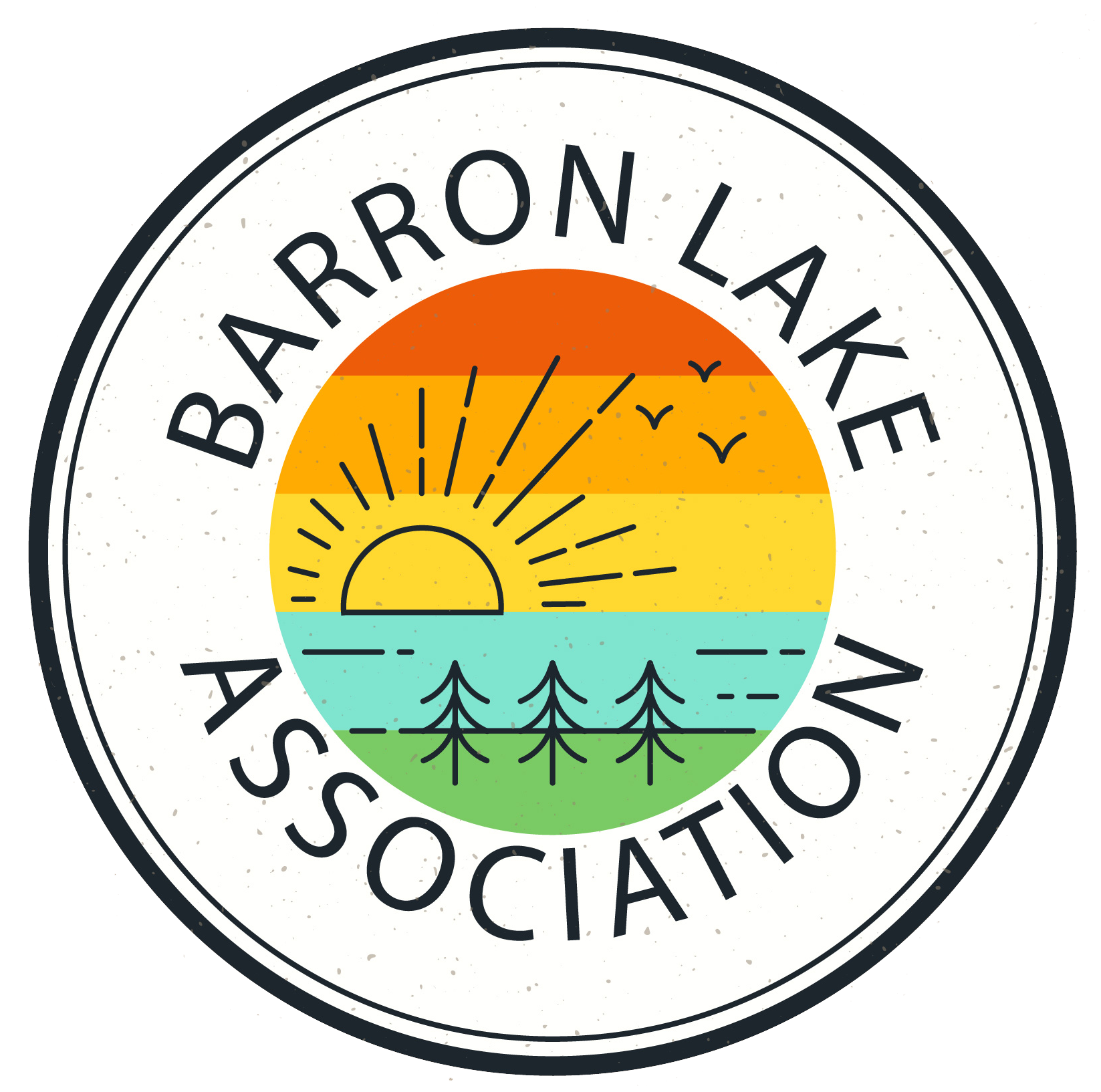LAKE WATER QUALITY UPDATE August 2019
Over the past three years the lake quality committee has worked closely with our consultants to develop an effective plan that would address lake level and weed control issues.
To that end we have seen significant improvement in lake levels over the past three years. One of the basic principles adopted by the committee is to continue using the augmentation well to build lake level during the winter months. This allows us to build lake levels at a time when we are less likely to see water loss due to evaporation and natural lake bed leakage.
We have been fortunate to benefit from significant precipitation and average temperatures over these past few years.
The current lake level is approximately 756’.2”. This lake level is estimated by visually inspecting the lake level at the drain located at the boat launch.
Cass County drain commissioner, Bruce Campbell recently had the drain boards surveyed to verify the control level in place to prevent any lake front flooding. Those boards were surveyed at 756’3”. This is consistent with the visual inspection at the drain.
Our consultant also assured us a very high probability of success if we were to install a secondary augmentation well. This would be a slightly lower capacity well that would allow us to supplement the existing well in times of significant drought should that situation arise. The lake quality committee will continue to move forward, with the help of the Cass County drain commissioner, to identify potential locations for a secondary well. As we continue to study this option we will communicate our findings with the lake community. This project will only move forward with the support of our lake community.
WEED CONTROL UPDATE August 2019
The weed control program appears to be working well thus far. The lake association hired a consulting firm to assist in our weed control program moving forward.
The firm, Restorative Lake Sciences, will survey the lake throughout the year to assess lake quality and weed growth. Our approach is to target and treat only invasive species where they exist. This will effectively kill invasive plants while allowing for the growth of native species.
We also will use far less chemicals with this approach. In late June and early July, we treated 16 acres for curly pond leaf and three acres for milfoil. During a recheck of the lake in late July only one acre of newly emergent milfoil was observed. The lake will be rechecked in August and if the milfoil has continued to expand it will be treated and killed. Restorative Lake Sciences will conduct monthly surveys of the lake throughout the growing season. Postings of treatments will only take place in those areas that have been treated.



